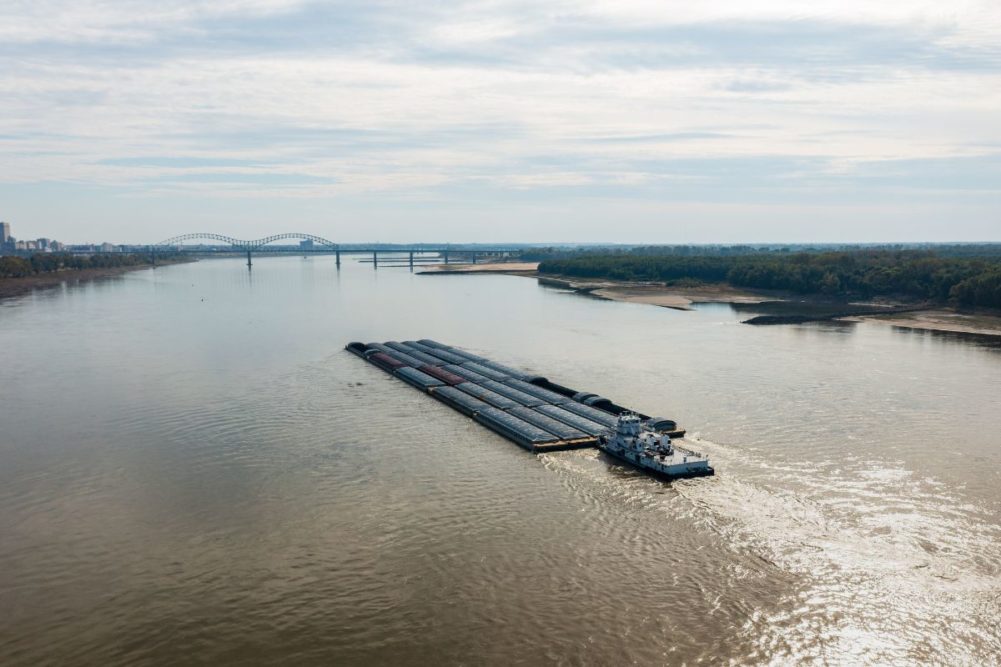
Arvin Donley, World Grain editor.
| Credit: ©SOSLAND PUBLISHING CO.KANSAS CITY, MISSOURI, US — In the modern era of global trade, has there been a period when transporting agricultural products from Point A to Point B was more challenging? With supply chains still struggling to return to pre-COVID levels of efficiency, the grain industry also is grappling with troubling developments on some of the world’s most important shipping routes.
Some of the logistical problems are weather-related, such as the drought-induced, abnormally low water levels on the Panama Canal that are limiting grain shipments through that critical passageway. Companies shipping grain on the Mississippi River, the United States’ most critical waterway for transporting agricultural products, encountered similar problems in recent months.
Although the weather, which obviously is beyond human control, always has played a major factor in the grain industry’s ability to produce and transport its products, some of today’s most troubling transportation issues are man-made.
The recent hostilities in Eastern Europe and the Middle East are hindering sea trade. Leading grain producer and exporter Ukraine, at war with Russia the past two years, continues to have difficulty shipping grain from its Black Sea ports, with export volumes remaining well below pre-invasion levels.
More recently, commercial ships on the Red Sea have been attacked by Yemen-based Houthi rebels who claim their actions are in response to Israel’s counterattacks in Gaza after Hamas attacked Israel on Oct. 7. As a result, several of the world’s largest shipping firms — including Maersk, Hapag-Lloyd, and the Mediterranean Shipping Co. — have suspended shipping through the Suez Canal, a passageway that connects the Red Sea and the Mediterranean Sea. Some carriers are diverting their shipments to Europe and the United States via the Cape of Good Hope, adding weeks to the journey and increasing costs, according to a report from Michael King, who covers the shipping industry for World Grain.
For a low-margin business like the grain industry, this perfect storm of obstacles makes achieving financial goals an even greater challenge.
Political and regulatory issues also are causing problems for grain exporters. For example, the US government recently unveiled a $1 billion plan that would study the potential breaching of the Columbia and Snake River dam system in the Pacific Northwest to address salmon declines. If this plan is enacted, it would effectively shut down the world’s third largest export corridor for grains and oilseeds.
Grain traders forced to find more expensive, alternative export routes will have no choice but to pass on the added cost to their customers. The IGC Grains and Oilseeds Freight Index was up 19% year-on-year in December. The Argentina, Australia, Europe, United States, Black Sea and Brazil sub-indices also reported large increases. These gains mostly came in the fourth quarter and likely will continue into 2024. One reason for this increase includes bulk carrier demand outstripping supply, but drought and military conflicts impeding seaborne grain trade are also part of the equation.
Studies have found that food insecurity is more of a political issue than a supply issue. That is certainly true in 2024, as conflicts and misguided policy are hampering the fight against hunger, including the ability to ship grain in a timely, efficient, and ultimately less expensive manner.
Arvin Donley is editor of World Grain.






